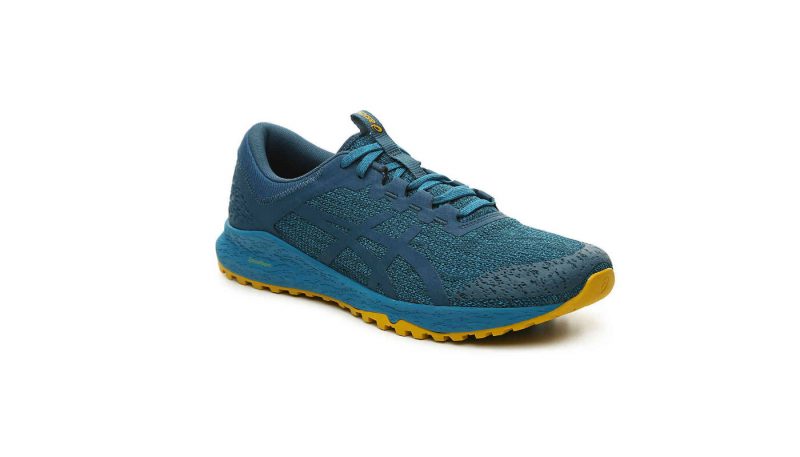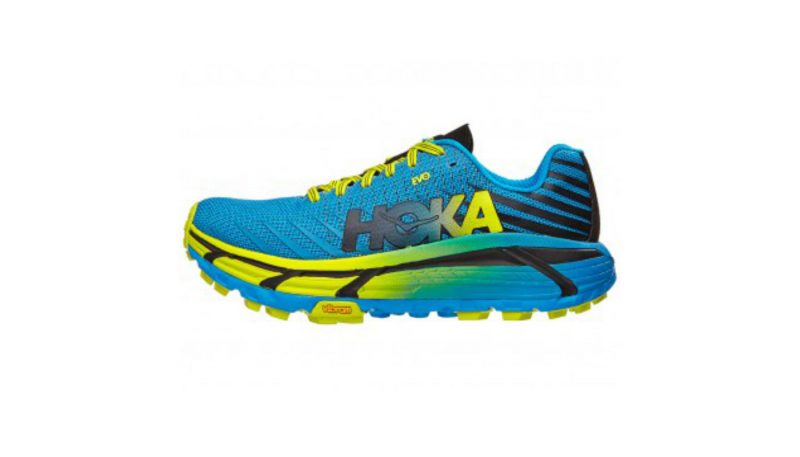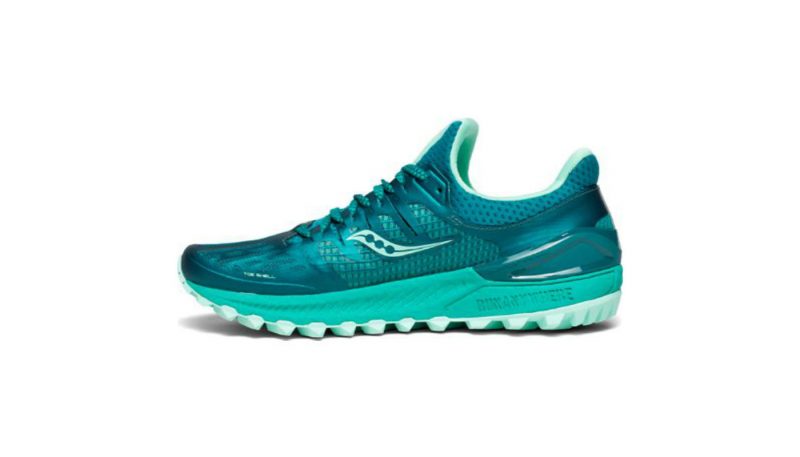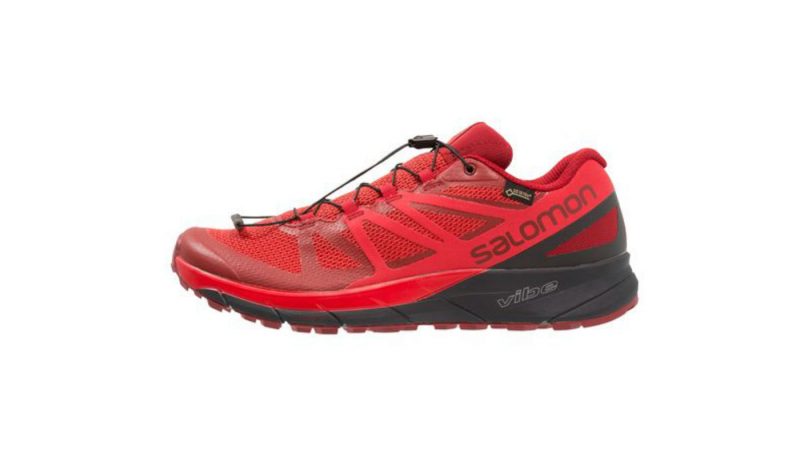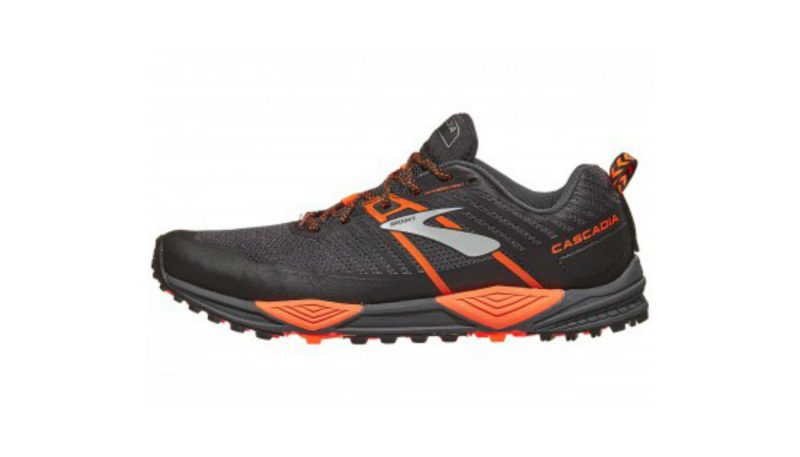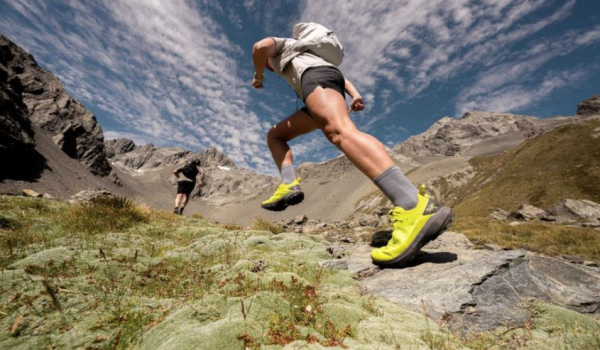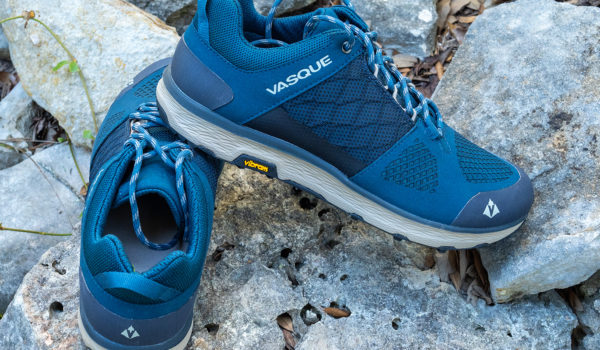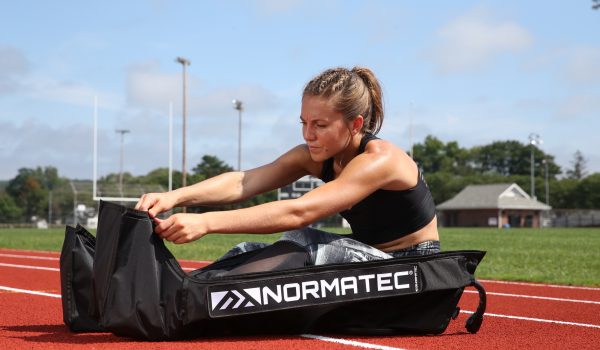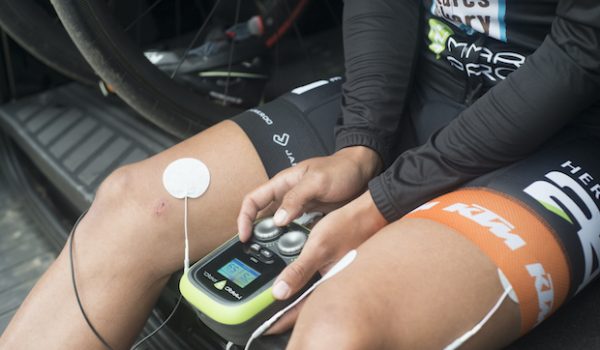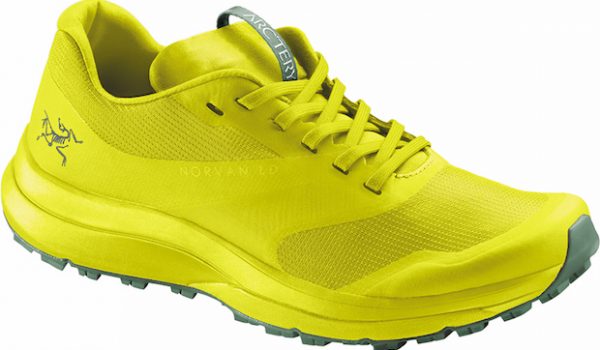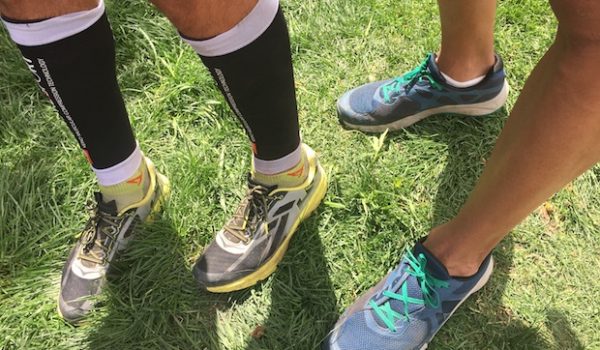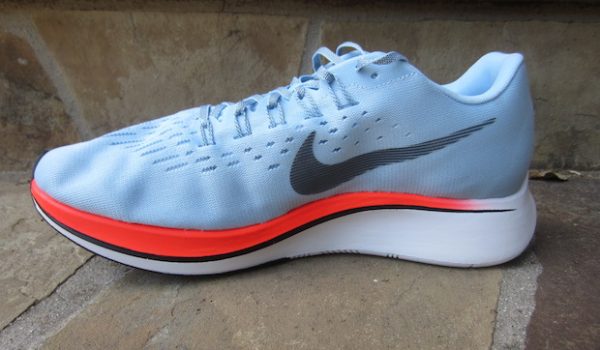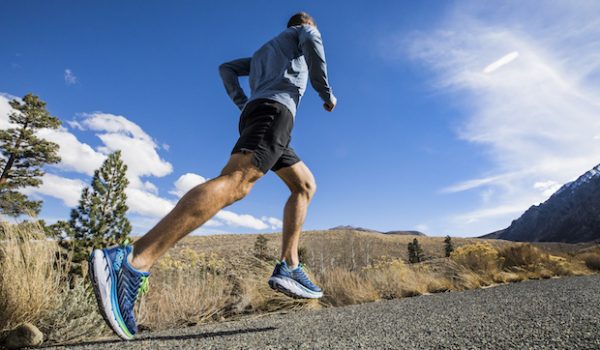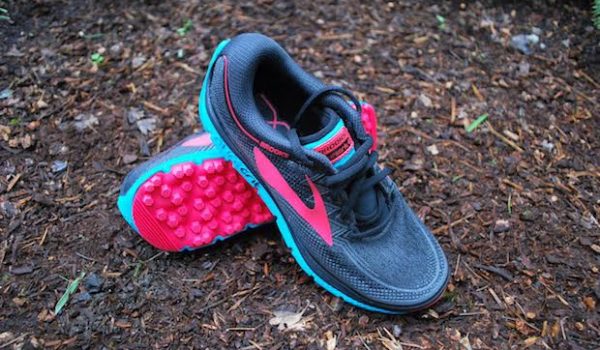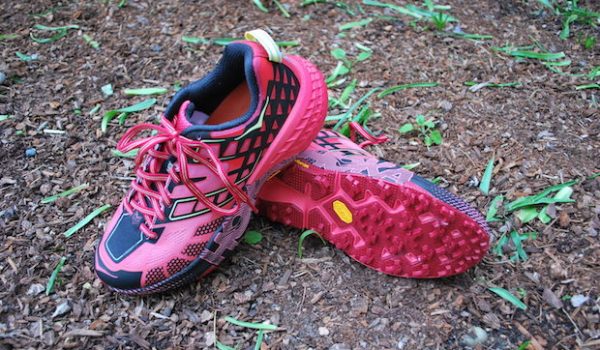Hoka One One Evo Mafate
|
92
|
Comfort
9
Speed
9
Security of Fit
8
Agility
9
Responsiveness
9
Protection
8
|
Lightweight
Maximum cushion
Durable outsole
Excellent traction
|
Stiff upper
Narrow fit
Short tongue
Rocks caught in outsole
|
MSRP
$170.00
BEST DEAL
N/A
|
Asics Alpine XT
|
91
|
Comfort
8
Speed
9
Security of Fit
9
Agility
9
Responsiveness
8
Protection
8
|
Very comfortable upper
Responsive cushioning
Great traction
Lively trail feel
Attractive design
|
Minimal toe bumper
No rock plate
Stiff midsole
Low height of the toebox
|
MSRP
$100.00
BEST DEAL
N/A
|
New Balance Leadville v3
|
90
|
Comfort
9
Speed
8
Security of Fit
9
Agility
8
Responsiveness
8
Protection
8
|
Seamless upper
Roomy toe box
Grippy, durable outsole
Comfortable, responsive midsole
Unobtrusive but effective medial posting
|
Thin tongue
Some heel slip
Relatively slow to break in
Runs about a half-size large
|
MSRP
$125.00
BEST DEAL
N/A
|
Pearl Izumi Trail N3
|
90
|
Comfort
9
Speed
8
Security of Fit
9
Agility
7
Responsiveness
8
Protection
9
|
Responsive cushioning
Seamless uppers
Lightweight for a maximalist shoe
Smooth & stable trail feel
|
Undersized lugs
Ineffective toe guard
Durability concerns on upper
|
MSRP
$135.00
BEST DEAL
N/A
|
New Balance Hierro v3
|
90
|
Comfort
8
Speed
7
Security of Fit
8
Agility
8
Responsiveness
9
Protection
10
|
Durable Vibram outsole
Responsive midsole
Plush cushion
Comfortable bootie upper
|
Limited ventilation
Heavy weight
Lack of traction
Hit-or-miss fit
|
MSRP
$135.00
BEST DEAL
N/A
|
Brooks Caldera 2
|
89
|
Comfort
10
Speed
8
Security of Fit
7
Agility
8
Responsiveness
8
Protection
8
|
Comfortable upper
Roomy toe box
Plush cushioning
Lightweight
|
Small outsole lugs
Outsole durability
Fit runs large
Poorly-designed lace garage
|
MSRP
$140.00
BEST DEAL
N/A
|
Hoka One One Challenger ATR 4
|
89
|
Comfort
7
Speed
9
Security of Fit
7
Agility
8
Responsiveness
9
Protection
9
|
Lightweight
Excellent cushioning
Great ventilation
Responsive trail feel
|
Flimsy upper materials
Outsole durability
Weak traction on wet trails
Minimal upper padding
|
|
La Sportiva Akasha
|
89
|
Comfort
8
Speed
8
Security of Fit
8
Agility
8
Responsiveness
8
Protection
9
|
Secure wraparound upper
Comfortable fit
Great ground-feel
Fast and agile
Terrific traction on a wide variety of surfaces
|
Sizing runs short
Very firm heel
Stiff, low-flexibility midsole
Uncomfortable heel cup
Relatively heavy
|
|
Inov-8 X-Claw 275
|
89
|
Comfort
8
Speed
9
Security of Fit
7
Agility
8
Responsiveness
8
Protection
9
|
Lightweight
Quick turnover
Aggressive grip
Wide forefoot
|
Overkill for smooth trails
Narrow laces
Shallow heel cups
Reduced breathability
|
MSRP
$120.00
BEST DEAL
N/A
|
On Running Cloudventure Midtop
|
89
|
Comfort
8
Speed
9
Security of Fit
8
Agility
8
Responsiveness
9
Protection
7
|
Quality materials and construction
Innovative cushioning system
Comfortable bootie liner
Attractive design
|
Fits long and narrow
Only one color option
Difficult to put on
Thin laces
Expensive
|
MSRP
$160.00
BEST DEAL
N/A
|
Salewa Ultra Train
|
89
|
Comfort
7
Speed
9
Security of Fit
8
Agility
8
Responsiveness
8
Protection
9
|
Versatile
Outsole durability
High quality
Supportive
Uncommon colors
|
Uncomfortable toe bumper
Thin laces
Lace grommets
Stiff heel counter
|
|
Altra Lone Peak 3.0 Neoshell Mid
|
87
|
Comfort
8
Speed
7
Security of Fit
7
Agility
6
Responsiveness
9
Protection
10
|
Versatile runner/hiker
Incredibly supportive upper
Roomy toe box
Effective waterproofing
|
Overpadded ankle collar
Very thick tongue
Traps heat
Difficult to adjust to zero-drop
|
MSRP
$160.00
BEST DEAL
N/A
|
Pearl Izumi Trail N2 v3
|
87
|
Comfort
9
Speed
9
Security of Fit
8
Agility
7
Responsiveness
7
Protection
7
|
No-stitch seamless uppers
Smooth rockered sole
Responsive feel
Roomy forefoot
Breathable mesh
|
Heavy
Undersized lugs
Not distinct from other models
|
MSRP
$125.00
BEST DEAL
N/A
|
Salomon Speedcross 4
|
87
|
Comfort
8
Speed
8
Security of Fit
6
Agility
8
Responsiveness
9
Protection
8
|
Colossal grip
Protective uppers
Durability
|
Long, narrow fit
Speed laces
No tongue gusset
|
|
Saucony Xodus ISO 3
|
86
|
Comfort
9
Speed
5
Security of Fit
8
Agility
7
Responsiveness
9
Protection
8
|
Comfortable upper
Excellent traction
Great protection
Responsive midsole
|
Very heavy
Difficult to put on
Laces come untied
Low heel
|
MSRP
$150.00
BEST DEAL
N/A
|
Montrail Trans Alps
|
86
|
Comfort
7
Speed
7
Security of Fit
7
Agility
7
Responsiveness
8
Protection
10
|
Burly outsole
Super durable
Great protection
Full-foot rockplate
Excellent traction
|
Heavy
Stiff
Relatively narrow fit
Slow to break in
Not very versatile
|
MSRP
$130.00
BEST DEAL
N/A
|
Skechers GoTrail Ultra 3
|
84
|
Comfort
10
Speed
6
Security of Fit
8
Agility
5
Responsiveness
6
Protection
9
|
Soft, cushy midsole
Wide toe box
Innovative drainage system
Flex grooves and rocker midsole
Soft midsole feels unresponsive
|
Minimal groundfeel
Less stable than shoes with traditional stack heights
Poorly-suited for technical trails
The new Skechers GoTrail Ultra 3 is the successor to last year’s GoRun Ultra road/trail hybrid, but it’s a full revamp of the shoe with substantial changes. The maximalist sole has innovative drainage ports and new rubber, while the segmented sole gives it the flexibility similar high-stack models from Hoka are lacking. At just under 11oz for size 9, it’s surprisingly light, and our wear-testers universally described it as supremely comfortable to wear. Reactions to its performance on the trail were mixed, however, with some wear-testers describing it as a solid choice for off-road ultras while others found the maximalist sole energy-sapping, unstable and distracting.
|
|
Altra Lone Peak 4.0
|
84
|
Comfort
7
Speed
7
Security of Fit
8
Agility
8
Responsiveness
7
Protection
7
|
Grippy outsole
Wide toe box
Aggressive tread
Great drainage
Multiple versions
|
Zero-drop adjustment
Weak heel cup
Unresponsive ride
Bulky stitched uppers
|
|
Salomon Sense Ride GTX
|
84
|
Comfort
6
Speed
9
Security of Fit
7
Agility
8
Responsiveness
7
Protection
7
|
Gore-Tex waterproof liner
Sticky outsole
Durable outsole
Speedlacing system
|
Narrow fit
Stiff midsole
Shallow lugs
Lacing pressure
|
|
Asics Gel-FujiEndurance
|
84
|
Comfort
7
Speed
8
Security of Fit
7
Agility
7
Responsiveness
8
Protection
7
|
Versatile trail/road hybrid
Waterproofing
Comfortable sockliner
Snug, secure fit
Responsive midsole
|
Shallow heel cup
Overbuilt toe guard
Heel slip and lateral forefoot movement
Best suited for tamer singletrack
|
MSRP
$180.00
BEST DEAL
N/A
|
Brooks Cascadia 13
|
83
|
Comfot
9
Speed
6
Security of Fit
8
Agility
8
Responsiveness
4
Protection
8
|
Comfortable uppers
Stable ride
Well-cushioned
Great drainage
Durable
|
Poor wet traction
Poor ventilation
Heavy weight
Flat ride
|
|
Salomon XA Elevate
|
83
|
Comfort
4
Speed
6
Security of Fit
8
Agility
9
Responsiveness
8
Protection
8
|
Aggressive tread
Durable outsole
Innovative lacing system
Protective uppers
|
Narrow fit
Very snug toebox
Stiff midsole
Very firm ride
|
|
Scarpa Proton
|
83
|
Comfort
7
Speed
6
Security of Fit
6
Agility
7
Responsiveness
8
Protection
9
|
Protective
Durable Vibram outsole
Flexible forefoot
Reflective heel elements
|
Abrasive forefoot stitches
Stiff heel
Widely-spaced lugs
Low-quality laces
|
MSRP
$129.00
BEST DEAL
N/A
|
Adidas Terrex X-King Adidas Terrex X-King
|
82
|
Comfort
5
Speed
8
Security of Fit
5
Agility
7
Responsiveness
9
Protection
8
|
Extremely innovative
Aggressive lugs
Sticky outsole compound
Visually attractive design
|
Narrow removable midsole
Confusing sizing
Speedlaces come loose
Expensive
|
MSRP
$160.00
BEST DEAL
N/A
|
Columbia-Montrail Caldorado III
|
81
|
Comfort
8
Speed
8
Security of Fit
6
Agility
7
Responsiveness
8
Protection
4
|
Versatile
Comfortable upper
Glove-like fit
Great lug design
|
Low toe box
Minimal lateral support
Questionable durability
Poor wet traction
|
MSRP
$120.00
BEST DEAL
N/A
|
La Sportiva Helios SR
|
81
|
Comfort
8
Speed & Agility
7
Security of Fit
5
Responsiveness
6
Stability
5
|
Extremely soft and comfortable
Excellent responsiveness and turnover
Sticky outsole rubber grips well on rock
|
Poor traction on gravel and scree
Limited protection underfoot
Upper breathes and drains poorly
|
MSRP
$125.00
BEST DEAL
N/A
|
Columbia Montrail Trans Alps FKT II
|
79
|
Comfort
6
Speed
5
Security of Fit
6
Agility
7
Responsiveness
6
Protection
9
|
Aggressive tread/Great traction
Outstanding protection
Very durable
|
Slow & sluggish
Heavy
Cheap laces
|
MSRP
$130.00
BEST DEAL
N/A
|
Inov-8 RocLite 320 GTX
|
79
|
Comfort
7
Speed
3
Security of Fit
8
Agility
5
Responsiveness
7
Protection
9
|
Protective mid-top
Waterproof
Great traction
Winter running
|
Clunky
Stiff
Fit runs short
Constrictive toe box
|
|
Montrail Bajada 2
|
78
|
Comfort
4
Speed and Agility
7
Security of Fit
4
Responsiveness
7
Stability
6
|
Excellent traction
Decent turnover for a shoe in this weight class
Well protected underfoot
|
Narrow midfoot and toebox
Stiff ride and cushioning
Stack height can inhibit stability on technical terrain
|
|
ASICS Gel Fuji Attack 4
|
77
|
Comfort
4
Speed & Agility
7
Security of Fit
5
Responsiveness
4
Stability
7
|
Slightly more responsive than shoes in this category
Full-length outsole adds protection
Low profile lugs facilitate turnover
|
Slightly odd fit
A bit stiff for a comfort shoe
Traction struggles on wet surfaces and bare rock
|
MSRP
$110.00
BEST DEAL
N/A
|
The North Face Ultra Cardiac
|
76
|
Comfort
6
Speed & Agility
6
Security of Fit
7
Responsiveness
1
Stability
6
|
Comfortable fit and ride
Full length outsole aids traction
Good balance between flexibility and responsiveness
|
Protection is somewhat lacking
Short lugs struggle on loose surfaces
Narrow toe box
|
|
Inov-8 RocLite 315
|
75
|
Comfort
3
Speed
5
Security of Fit
5
Agility
6
Responsiveness
8
Protection
8
|
Low-to-the-ground ride
Firm midsole
Aggressive lugs
Lightweight
|
Clunky ride
Stiff uppers
Poor ventilation
Uncomfortable toebox
Low-fitting heel cup
|
|
Adidas Terrex CMTK
|
73
|
Comfort
6
Speed
3
Security of Fit
5
Agility
8
Responsiveness
4
Protection
7
|
Low retail price
Continental rubber outsole
Aggressive lugs
Nearly-seamless uppers
|
Heavy weight
Stiff sole
Inflexible upper
Clunky feel & harsh ride
|
MSRP
$100.00
BEST DEAL
N/A
|
Merrell MQM Flex GTX
|
71
|
Comfort
4
Speed
4
Security of Fit
5
Agility
4
Responsiveness
5
Protection
9
|
GoreTex waterproof uppers
Sturdy outsole
Excellent traction
Comfortably padded uppers
|
Heavy weight
Very high arch
Clunky ride
Sloppy heel
|
MSRP
$140.00
BEST DEAL
N/A
|
Scott Kinabalu Enduro
|
69
|
Comfort
3
Speed
6
Security of Fit
3
Agility
5
Responsiveness
5
Protection
7
|
Good traction under a variety of conditions
Aggressive treads with great traction
Durable Vibram lugs
|
Uncomfortable fit
Narrow uppers
Constrictive one-piece plastic overlay
Heavy weight
Stiff, clunky trail feel
|
MSRP
$150.00
BEST DEAL
N/A
|
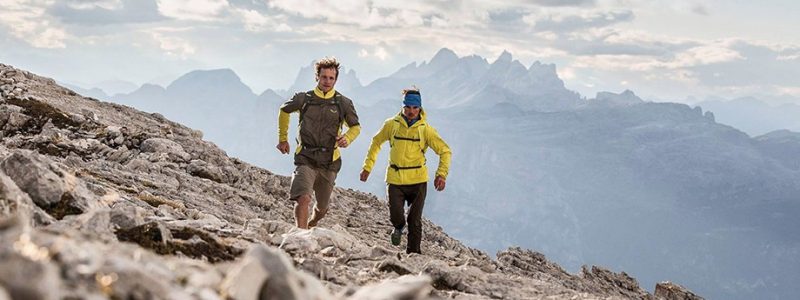
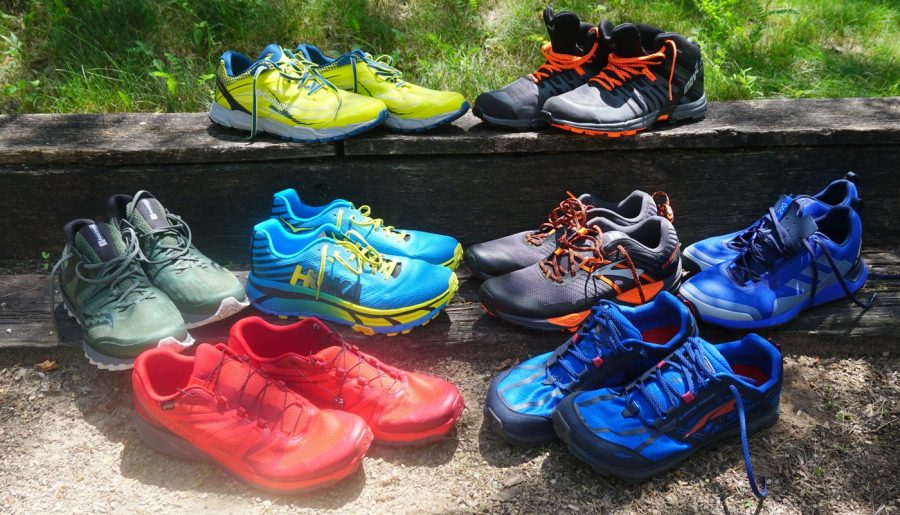
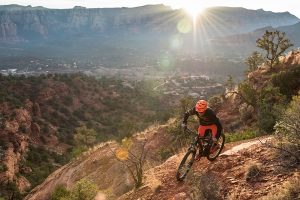
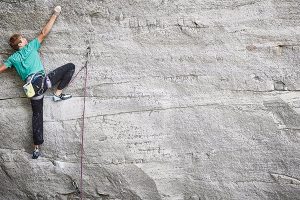
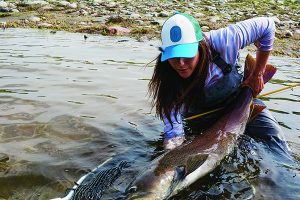

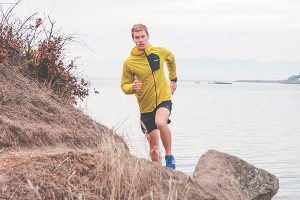
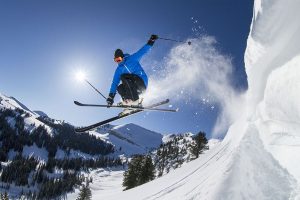


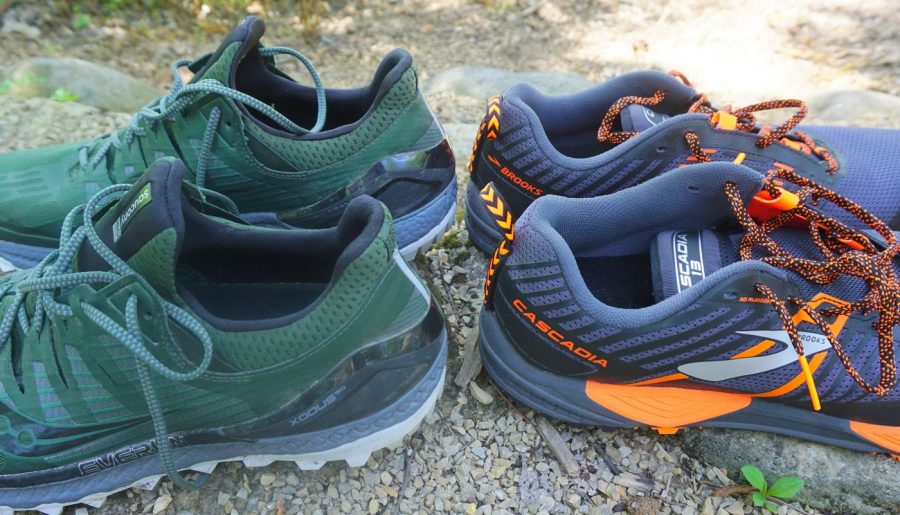
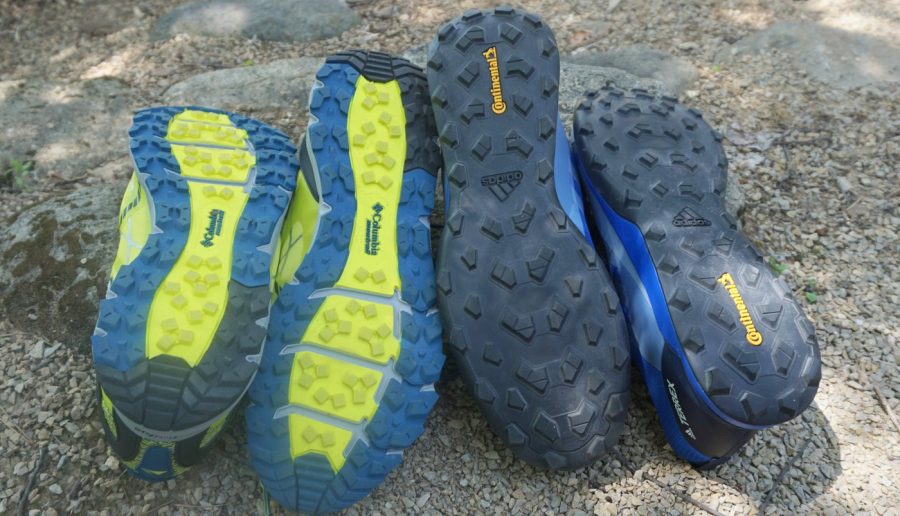
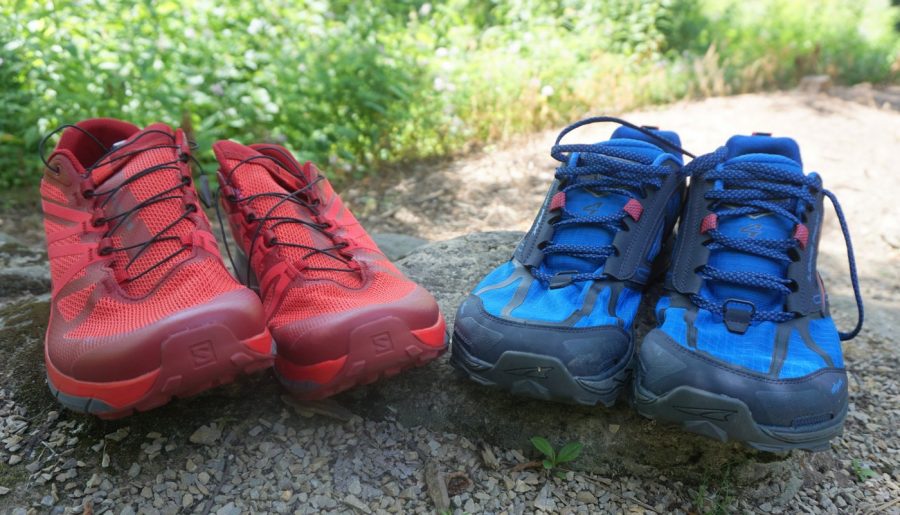
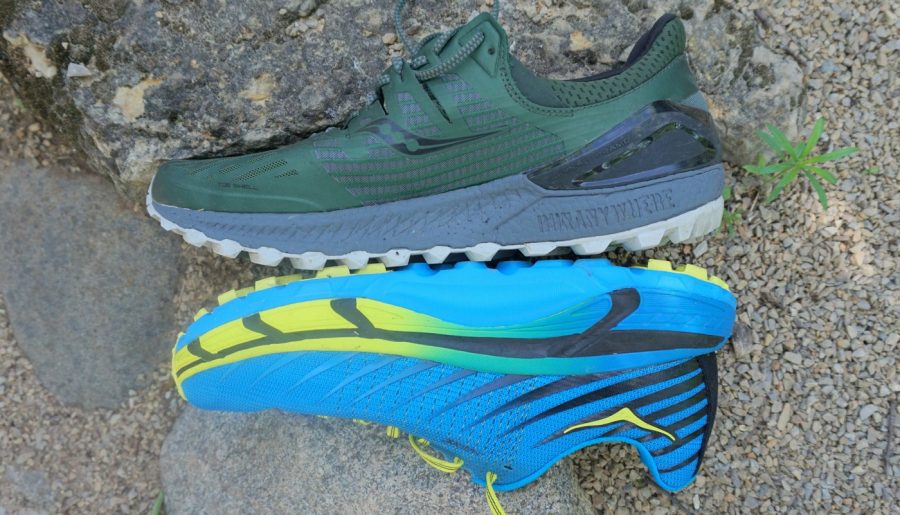
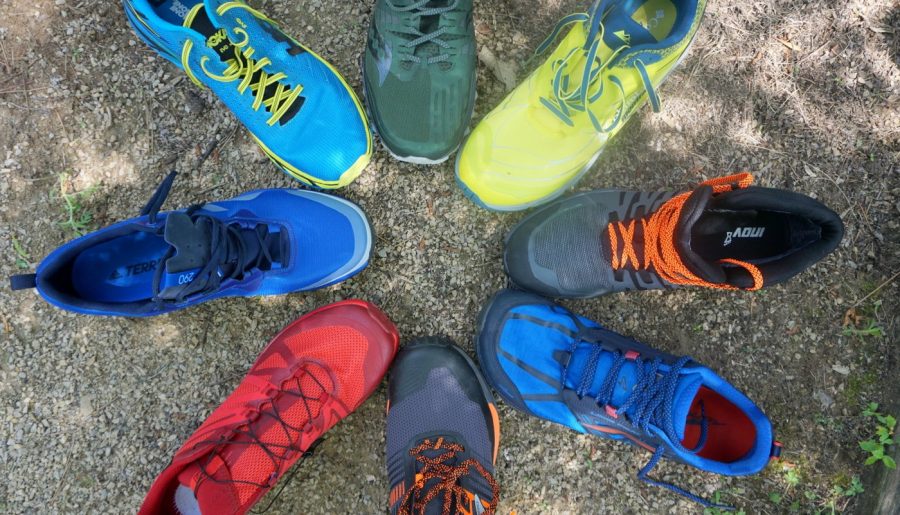
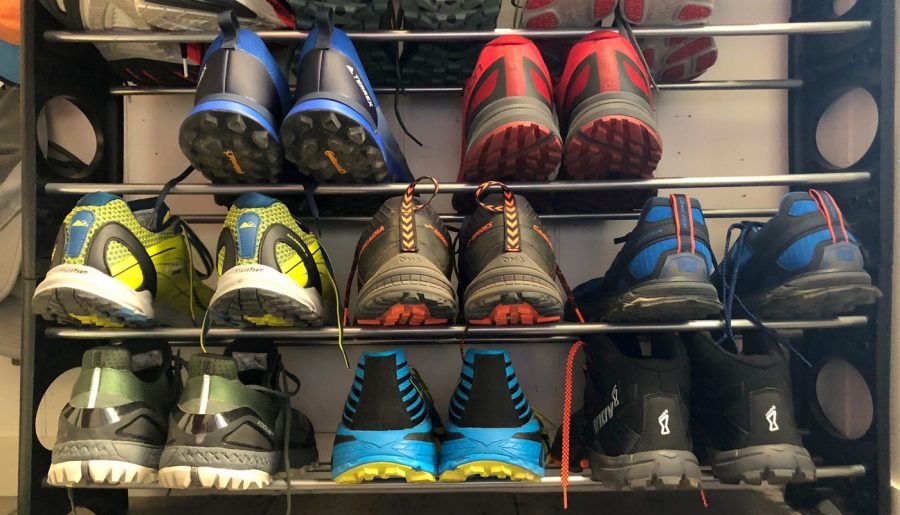
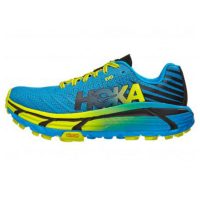
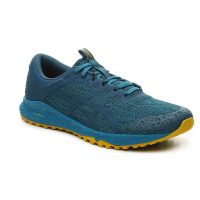
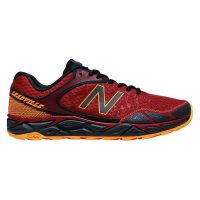
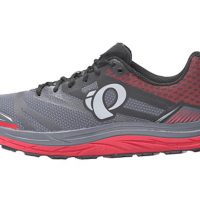
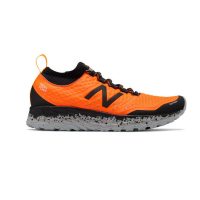
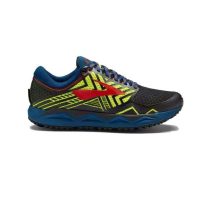
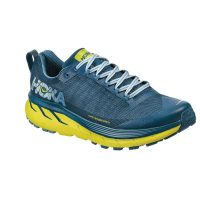
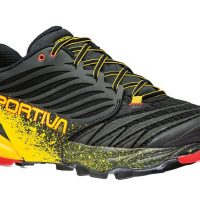
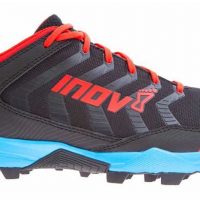
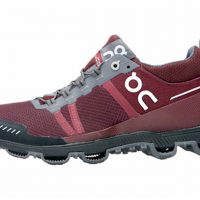
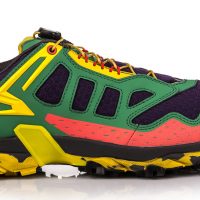
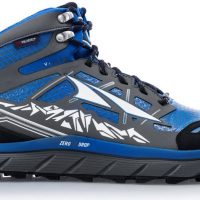
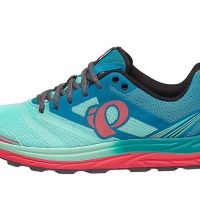
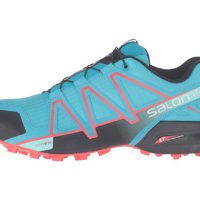
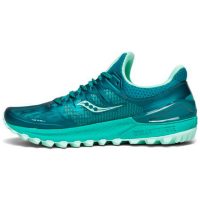
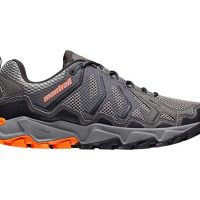
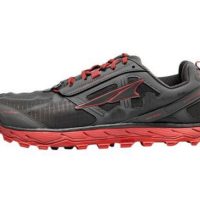
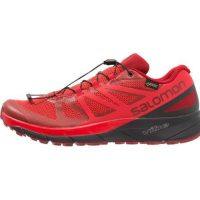
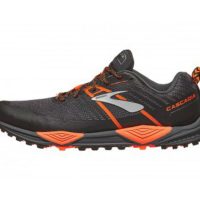
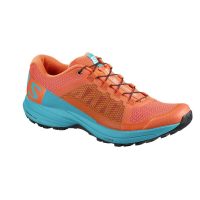
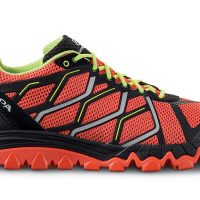
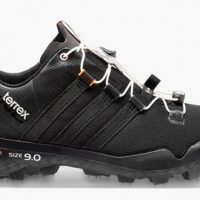
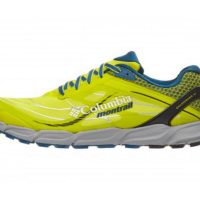
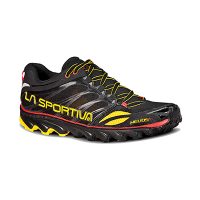
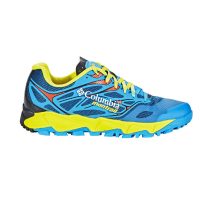
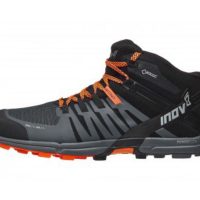
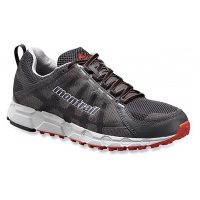
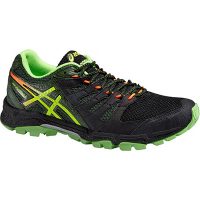
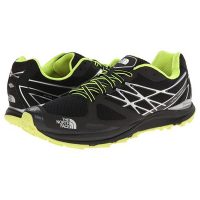
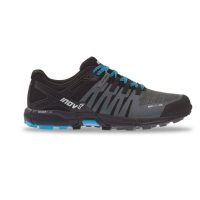
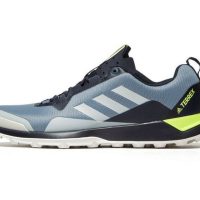
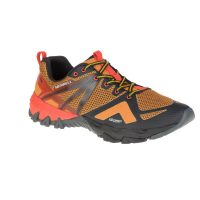
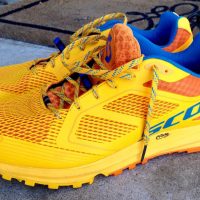
 91
91 